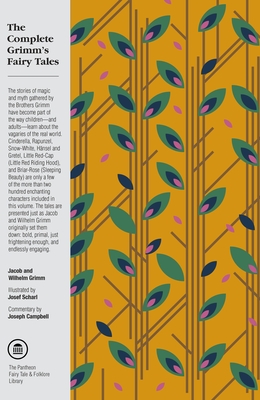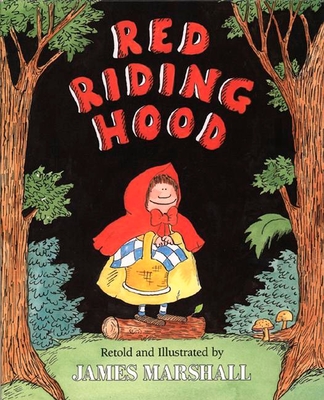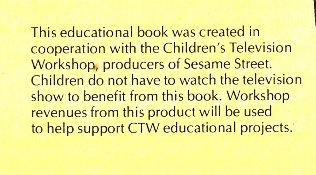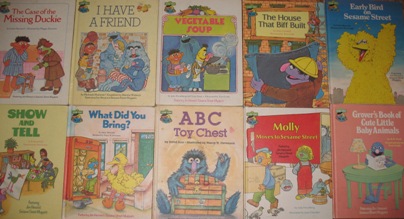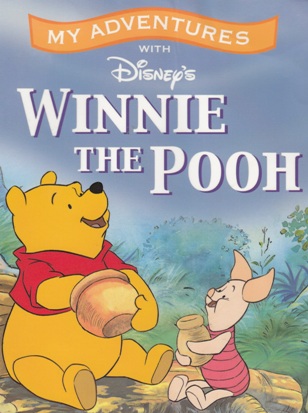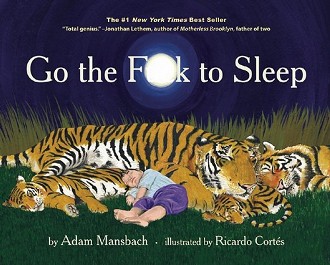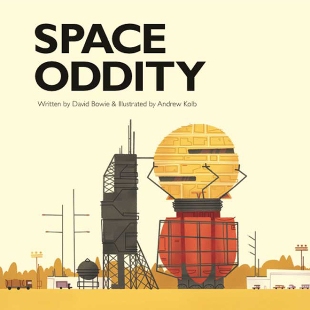There are a few constants in the universe that you can always count on. Your DVR will always cut off the last 30 seconds of your favorite show. You will always hit traffic in the last hour of a two-day family road-trip. And, if you have children, you WILL own multiple copies of Margaret Wise Brown’s Goodnight Moon and The Runaway Bunny. It’s just a fact of life. We’re at the point now where OBY/GYNs should just issue new parents copies of Goodnight Moon and The Runaway Bunny along with their coupons for formula and free copies of What to Expect When You’re Expecting.
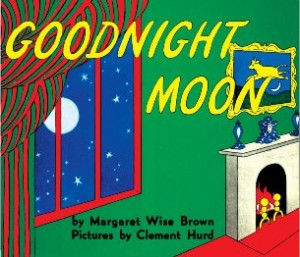
70% of the universe's missing dark matter is made up of copies of "Goodnight Moon"
This is not to say that either of these are bad books. On the contrary, Goodnight Moon and The Runaway Bunny are such ubiquitous baby reads because they’re really damn good. They’re gentle and genteel. They have this amazing rhythm to their text, which is somehow both calming and stimulating. As you read Margaret Wise Brown’s verses aloud, you can watch your child get sucked into the cadence of the words and the details of the illustrations and just see this sense of confident calm spread across their faces. Reading board books to the very young is a meditative experience, which, I’ll admit, I miss now that my daughter is older. And Goodnight Moon and The Runaway Bunny are the world’s most popular illustrated zen mantras for children.
However, as I alluded to earlier, they are also probably the two most popular books in the world to give to new parents. We received multiple copies of each when our daughter was born, and both have become baby shower gift staples. If you know a parent who doesn’t have a copy of Goodnight Moon and The Runaway Bunny… something’s weird there. I’m not saying they’re bad parents or anything, but, just FYI, there’s a 70% chance that their marriage and new baby is a cover for a CIA training facility or a DEA deep cover operation.
So, since Goodnight Moon and The Runaway Bunny are the ultimate no-brainers when it comes to picking books for your child, I thought I’d offer up five alternative selections for great board books that any kid should enjoy. Hopefully, these suggestions might help parents branch out a bit from the cozy charms of Margaret Wise Brown or, at the very least, give you some alternate ideas for baby shower gifts. (Evil parent advice: If you inscribe your copy of Goodnight Moon or The Runaway Bunny with a personal message for the baby, it makes it impossible for the parent to return the copy you gave them, thus ensuring that they’ll keep your gift and take back the 12 other copies they received. You win!)
Note: Many of these books, including Goodnight Moon and The Runaway Bunny, exist in both in board book and hardcover versions. We have the board book versions of all of these works and I’d recommend the board editions, if only because it makes them a little more durable and explorable for kids 2 and under.
It’s hard not to like Each Peach Pear Plum by Janet and Allan Ahlberg, which probably stands as one of the most read board books in our library. The Ahlbergs have created a wonderfully interactive story that’s part nursery rhyme and part look-and-find for beginners. On each page, the authors ask the young readers to play “I Spy” to find some of the most iconic characters in early children’s lit, a series of happy-go-lucky characters that all meet in the end for a pie picnic. We begin with “Each Peach Pear Plum / I spy Tom Thumb”. After your child finds Tom Thumb reading on the branches of a peach tree, we turn the page to read “Tom Thumb in the cupboard / I spy Mother Hubbard.” This pattern continues throughout the book – one character in the foreground, one character hidden somewhere in the background – as we’re introduced to Cinderella, the Three Bears, Little Bo-Peep, Jack and Jill, Robin Hood, and more.
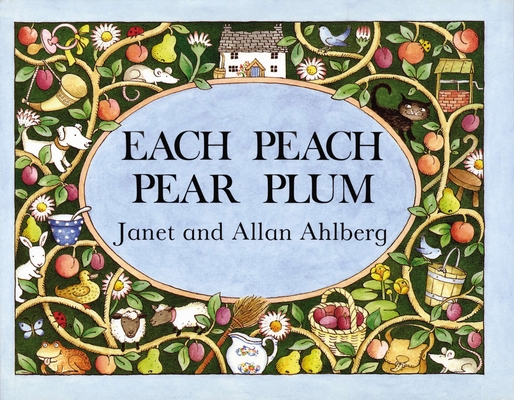
Each Peach Pear Plum
Janet Ahlberg’s beautifully detailed illustrations will give your child wide, dense landscapes to explore, and the story actually works as a nice way to introduce classic literary characters to young readers. My daughter knew some, but not all of the characters in Each Peach, but rather than that being a negative, it actually made her even more interested in learning about the characters she didn’t know, which, as a parent, gave me a great in-road to introduce to her classic nursery rhymes and fairy tales that we hadn’t encountered yet. An extremely fun bedtime book.
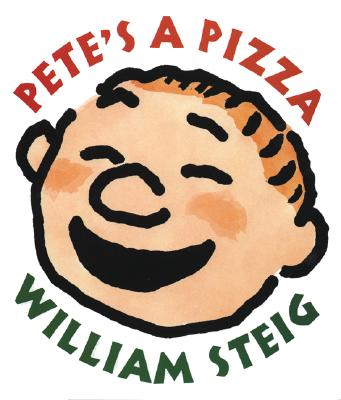
Pete's a Pizza
Steig is probably best known as the creator of Shrek and Sylvester and the Magic Pebble, but Pete’s a Pizza is the first Steig work that my daughter fell in love with. The premise is simple. On a rainy day, a young boy named Pete is stuck inside, unable to play ball with his friends. And then, Steig gives us, what might be, two of my favorite sentences in any board book ever: “Pete’s father can’t help noticing how miserable his son is. He thinks it might cheer Pete up to be made into a pizza.”
That absurd statement transforms into a really loving and funny exchange between a father and son, where Pete’s father creates a new game where he pretends to turn Pete into a pizza. It’s actually a very fun idea for a game – my daughter and I now turn each other into pizzas all the time. Pete’s father kneads his son, rolling him out like dough. He then tosses him, sprinkles him with oil (it’s really water), adds some tomatoes (they’re really checkers), and, of course, there’s the stage in the recipe where the pizza just has to be tickled. Shrek and Sylvester are classic literary works, but there’s something about Pete’s a Pizza that, as a father, I just really responded to. The facial expressions of Pete’s family are so expressive and intimate, and the story does an amazing job of capturing the manic fun of a family playing together, inside on a rainy day, when someone has invented a simple new game that is really, really fun. I can’t think of another book that does a better job of portraying the giddy fun of parents playing – really down-on-your-knees, getting-dirty PLAYING – with their children than Pete’s a Pizza. [read the rest of the post…]
